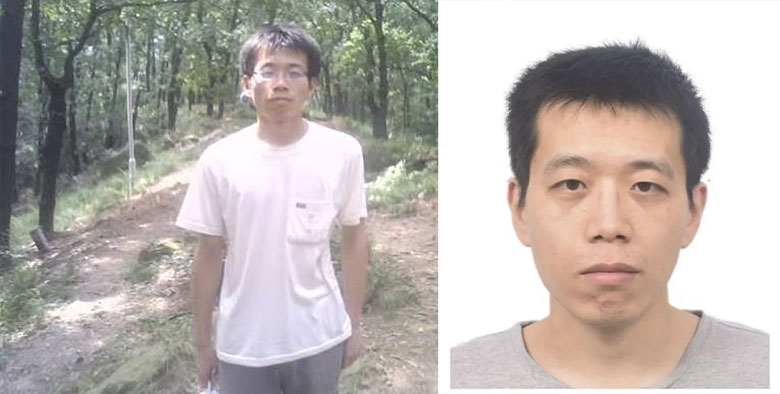Top Stories
- Know Everything About Nipah Virus, Which Is Back In Kerala Again
- Kevin Porter Jr Arrested On His Girlfriend’s Assault Charge
- Market Change Overnight - Know The 8 Things That Did It
- Who Are Alba Baptista And Chris Evans Married On The Weekend?
- Disrupted India vs Pakistan Asia Cup 2023 Match on Reserve Day
- 10 Common Foods That Contain No Calories or Are Very Low in Calories
- Men’s Styling Tips - Know the 9 Common Style Mistakes to Avoid
- Coco Gauff Beats Karoline Muchova and Reaches the US Open Final
- Danny Masterson Gets Life Sentence of 30 Years for Two Rapes
- Experience A Splendid Vacation in Kashmir with These 15 Gorgeous Sights
- India
- Friday , April 26, 2024
- Last Published Sep 12, 2023, 6:48:32 PM

Acupuncture Benefits, Risks and Experiences
Acupuncture is a type of treatment that involves inserting macro thin needles into human skin at particular points on the body with varying depths.
Benefits
- It is risk-free and performed with expert hands.
- There are no significant side effects.
- It can be used in conjunction with other ongoing treatments.
- It can alleviate various types of pain.
- It may be beneficial to people who are allergic to pain drugs.
Risks
- If a patient has a bleeding disorder or is using blood thinners, performing acupuncture is risky.
- The insertion sections may cause bleeding, bruising, and pain.
- Needles that have not been sterilized may infect the patient.
- A thin needle is prone to breaking inside and may harm an internal organ.












